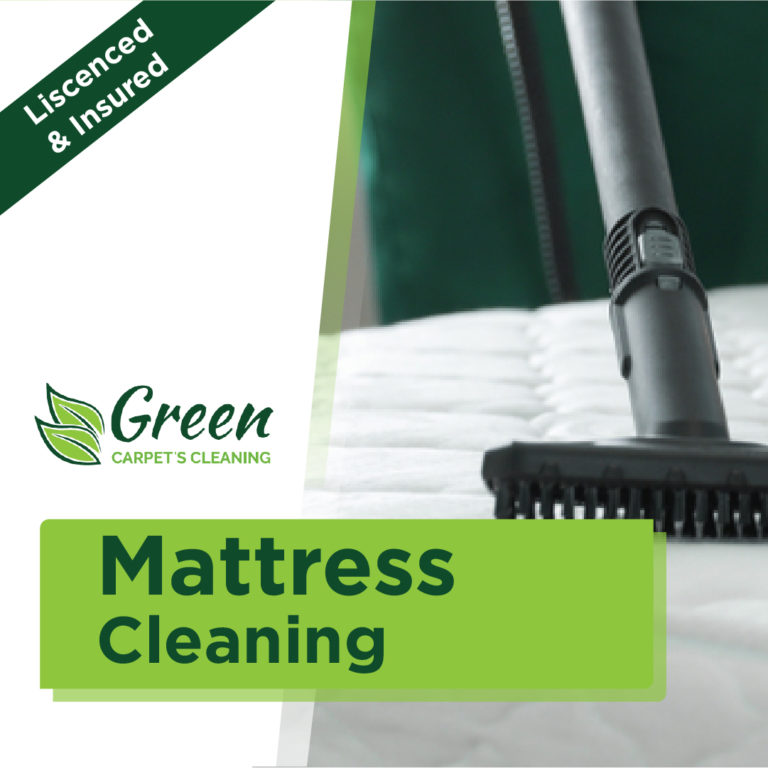Drapery Cleaning in Venice — Drapery is often failed by homeowners in regards to its routine upkeep. While the upholstery is left to chance, we typically tend to care more about our carpets. No doubt nearly all drapery fabrics need dry cleaning and specialized maintenance, which is precisely why they are often ignored by us.
Nevertheless, you may be surprised to discover that a few curtains and drapes may be laundered with little trouble at home! Read on to find out which common cosmetic and drapery fabrics are washable and which should be dry cleaned.
Why Does it Matter Whether You Wash or Dry Clean Your Own Drapes?
The proper and routine cleaning of drapery fabrics is vital for many reasons. Not only do they look dirty and unpleasant, but may also become a issue for people with allergies, if forgotten. In order to prevent shrinking, stretching, and pulling even if the majority of drapery fabrics do not seem that delicate, we must care for them, guided an expert from Fantastic Services. Most curtains are quantified to float on the floor or to hang out a distance above it. Washing a dry clean only cloth may change the look of your drapes or ruin the cloth.
Are subject to these distortions. You need to launder curtains made only from machine-washable fabrics, to reduce shrinkage. Should you use a washing machine clean them with cold water and use the cycle of the laundry system, but DO NOT dry them out there. Allowing delicate fabrics to hang from a line to dry can be debatable, as drapery can elongate, distorting the shape or pattern. Lay the drapery level to maintain their physical appearance and preserve the quality.
Which Fabrics Could You Wash at Home?
While you are able to place others some cloths will need to be washed by hand. Linen and cotton can be cleaned in cold water or on the delicate cycle, but only as long as they are unlined. Synthetic fabrics like nylon and polyester can be washed in a machine and by hand, together with cashmere and wool. Bear in mind that nylon and cotton fibers become degraded from cleaning solvents, therefore washing them by hand or in a system isn’t just an alternative. It’s the only way to clean them without harm. Polyester fabrics don’t have to wash and may be hung right after you clean them.
Silk fabrics may also be hand-washed.
The colour of this substance, most times is the one to ascertain if hand-washing is safe. Light colours — and colours that you’re convinced won’t bleed — may be cleaned that way. If you treat this sort of fabric, use mild dishwashing soap and hand motions. Otherwise, dry clean silk substances.
Prior to hand-washing your drapes vacuum them with the machine setting.
You’ll also need to pre-treat any spots or spots using a stain-removing solution. There are many different types of detergents, depending on the type of cloth, so make certain to pick the right one for the drapery. A little lukewarm water will help the material. Follow your stain remover’s package directions and permit the item to sit for the recommended period of time.
Always do a check to be certain it’s color-fast If your drapery is acceptable for hand or machine washing. Dip a corner in a combination of water and the detergent. If the color starts to bleed, you have to search for another cleaning option. Bear in mind that every cloth includes a list of directions where you can see the way of cleaning. Frequently, even if the drapery itself is acceptable for washing, the liner is not.
To drapery fabric that is hand-wash,
Soak it bathtub or a bucket filled with gentle detergent and water.
Let the cloth simmer for 30 minutes to a hour.
Gently squeeze out the water, being careful to not use pressure so that you don’t inadvertently bleach fabrics that must not be pressed, such as cotton and velvet. Some fabrics can be ironed while still damp, to remove wrinkles. If you’re unsure, remove from fabrics that are drapery by massaging them.
Which Fabrics Must be Dry Cleaned?
Some fabrics cannot be washed in the home. Drapes with other embellishments, beading, a lining or pleating that is complex should always be dry cleaned. Tapestry fabrics, delicate synthetics such as rayon, furs, crushed velvet, taffeta, satin, suede, and brocade are cleaned.
You might also want to dry-clean items which are stained or excessively soiled. Bear in mind, it is always wiser and safer to dry-clean drapes when you aren’t confident you can remove stains. If you fail to remove a stain at home, there is.
Most drapes have. If your curtains are hand sewn or next hand, a cloth shop or a experienced dry cleaner ought to be able to identify the substance and determine the suitable care for this. Whatever fabric your curtains are made of, learn how to keep and clean them in order to maintain the clean and healthy look of your property.
What height of window is best for Drapery in Venice














